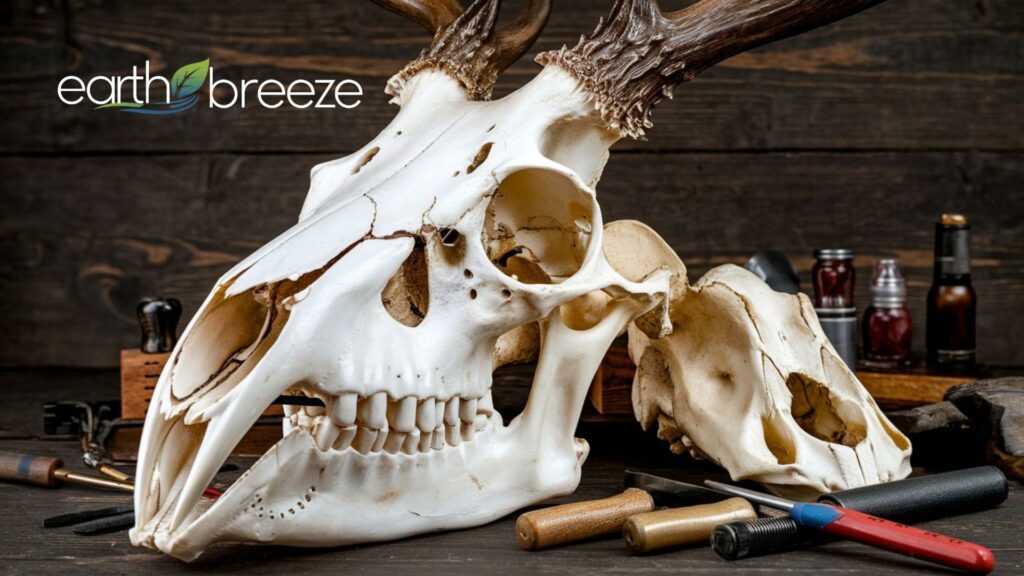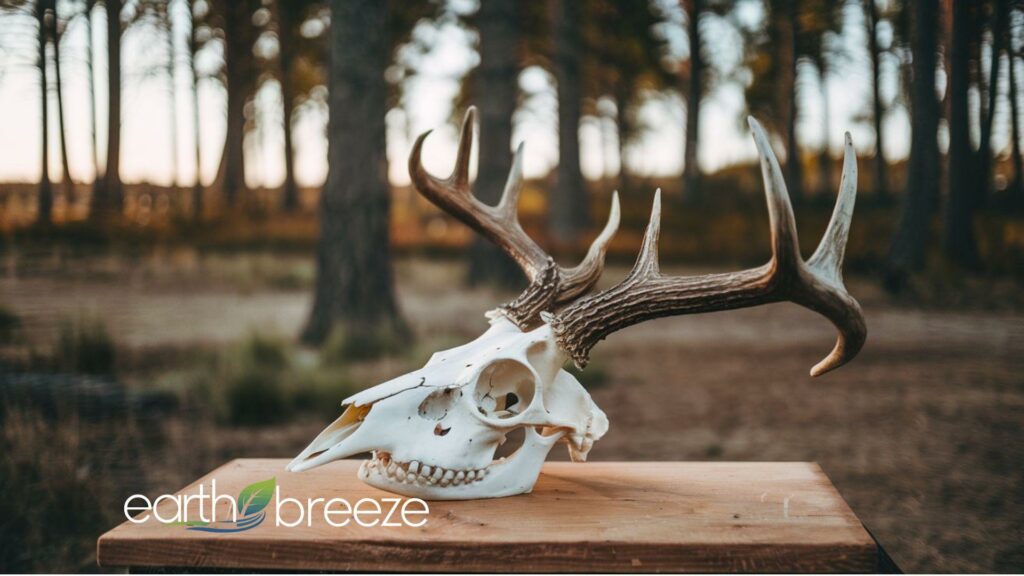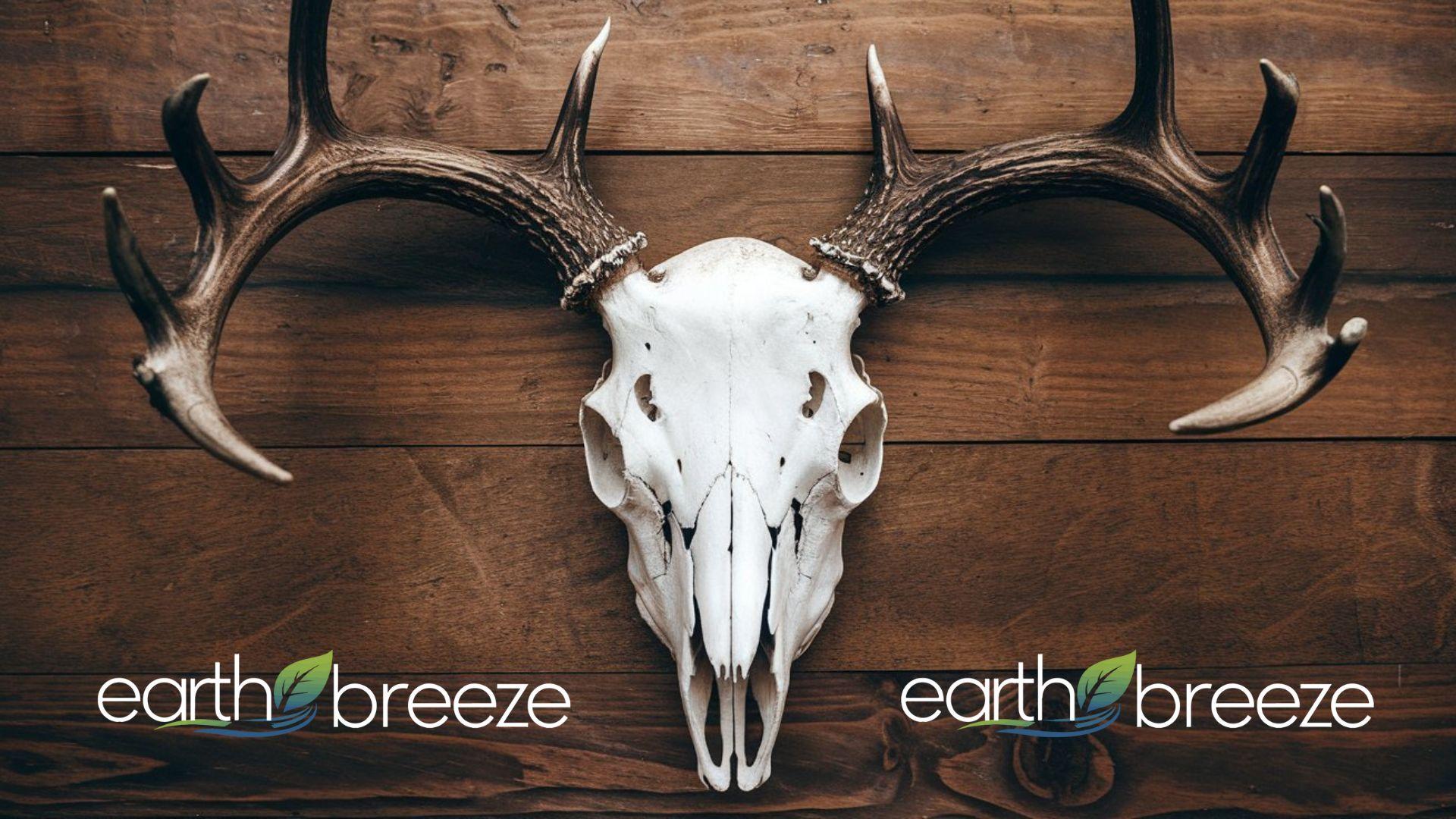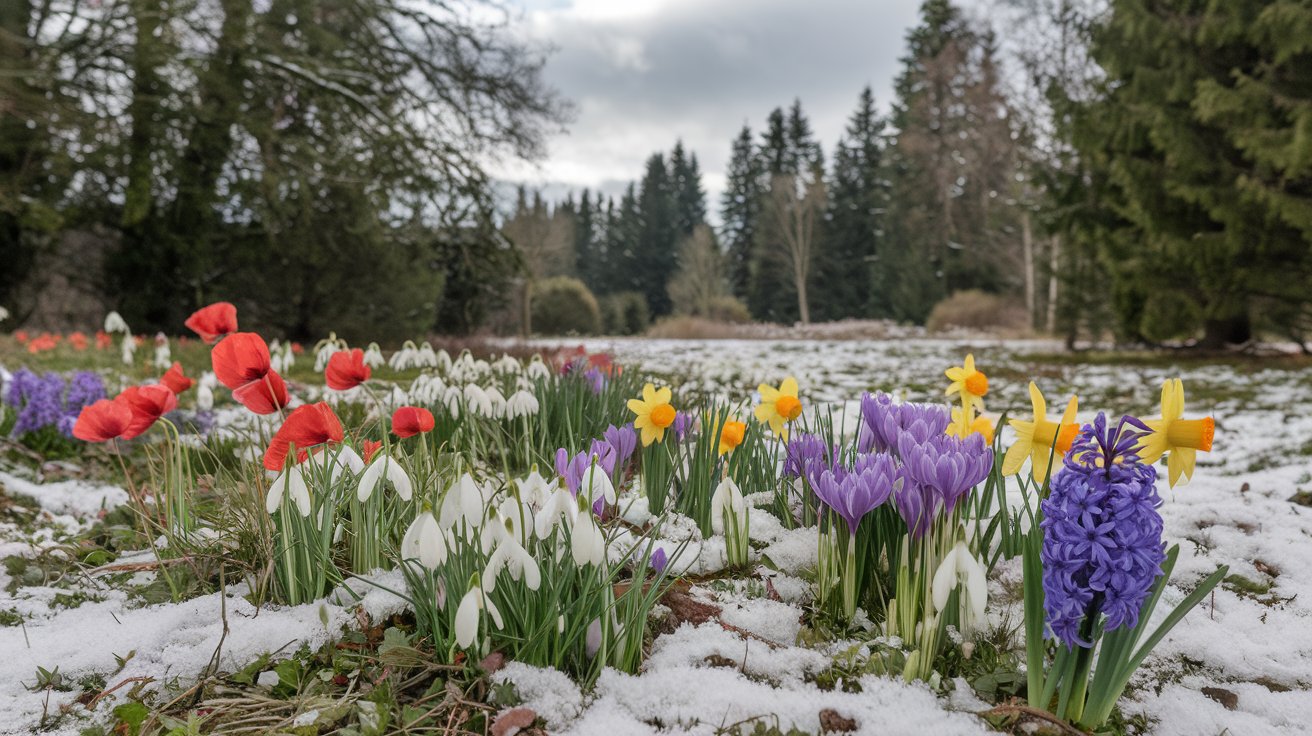Deer skull are fascinating structures that represent not only the elegance of nature but also provide insights into biology, history, art, and spirituality. In this article, we will explore the diverse aspects of deer skulls, from their anatomy to their cultural significance and practical applications.
1. Introduction to Deer Skulls
A deer skull is much more than a skeletal remnant. For centuries, it has captivated human interest, symbolizing nature’s beauty, survival, and even spirituality. Various cultures have used deer skulls as trophies, symbols of power, and decorations.
Cultural Significance:
Deer skulls have appeared in Native American rituals, European hunting traditions, and contemporary art installations. They evoke a sense of wilderness and a raw connection to nature.
2. Anatomy of a Deer Skull
The deer skull is a complex structure that supports the animal’s survival needs. The cranium, mandible, nasal cavity, and eye sockets are key components.
Male vs. Female Skulls:
Male deer often have larger skulls with pedicels for antler attachment, while female skulls are sleeker and lack these features.
3. Evolutionary Insights
Deer skulls offer a glimpse into the evolutionary adaptations that have enabled deer species to thrive in diverse environments. From structural changes to variations in size, these adaptations are a testament to nature’s ingenuity.
Skull Adaptations:
The elongated nasal cavity improves the sense of smell, crucial for detecting predators and locating food. The placement of the eyes on the sides of the skull enhances peripheral vision, enabling deer to detect threats while grazing.
Role in Survival:
Deer skulls are lightweight yet durable, designed for quick movement and agility. This combination helps deer evade predators efficiently.

Identifying deer skulls can be an intriguing challenge, especially for enthusiasts and collectors. Different species of deer have distinct skull characteristics, from antler shape to cranial size.
Key Features to Look For:
- Antler Bases: Species like elk and moose have larger, thicker pedicels compared to white-tailed deer.
- Size and Shape: Mule deer skulls are broader than those of their white-tailed counterparts.
- Dental Patterns: Teeth vary slightly among species, offering additional clues.
Regional Variations:
Deer skulls from tropical regions tend to be smaller due to reduced body sizes, whereas those from colder climates often feature larger, sturdier skulls for better thermal regulation.
5. Differences Between Deer and Other Skulls
While all mammalian skulls share certain traits, deer skulls stand out for several reasons.
Comparison with Predator Skulls:
- Deer: Herbivorous, featuring flat molars for grinding vegetation.
- Predators: Carnivorous, showcasing sharp canines and premolars for tearing flesh.
Unique Features of Deer Skulls:
Deer skulls often have a pronounced nasal cavity and distinctive pedicels, which are not found in other mammalian skulls.
6. The Role of Antlers in Skull Anatomy
Antlers are one of the most striking features of a deer skull, with their annual growth and shedding cycle fascinating biologists and enthusiasts alike.
How Antlers Form:
Antlers grow from pedicels, and bony protrusions on the male deer’s skull. Covered in velvet during growth, they harden and shed after the mating season.

Purpose of Antlers:
- Defense: Used to fend off predators and rivals.
- Mating Displays: Larger antlers often indicate a healthier, more dominant male, attracting mates.
7. Uses of Deer Skulls in Art and Decor
Deer skulls are a staple in rustic and contemporary decor, blending natural beauty with artistic expression.
Artistic Applications:
- Painted Skulls: Intricate designs or cultural patterns can transform a deer skull into a unique art piece.
- Sculptures: Artists often incorporate skulls into mixed-media sculptures.
Interior Design:
Deer skulls are popular in rustic, farmhouse, and modern industrial designs. They serve as focal points in living rooms, entryways, or even outdoor spaces.
8. Symbolism of Deer Skulls
The symbolism of deer skulls varies across cultures, often reflecting themes of life, death, and rebirth.
Cultural Interpretations:
- Native American Traditions: Deer skulls are seen as spiritual symbols, representing harmony with nature.
- European Lore: They were historically used as hunting trophies, symbolizing strength and prowess.
Modern Symbolism:
Today, deer skulls often symbolize resilience, transformation, and a connection to the natural world.
9. Ethical Considerations
When sourcing or collecting deer skulls, ethical considerations are paramount to ensure responsible practices.
Sourcing Responsibly:
- Obtain skulls from naturally deceased animals or reputable sources.
- Avoid purchasing skulls from poachers or illegal sellers.
Legal Regulations:
Laws governing the collection and possession of deer skulls vary by region. Always check local wildlife regulations before acquiring one.
10. Cleaning and Preservation Techniques
Proper cleaning and preservation ensure that a deer skull remains a durable and attractive piece for years to come.
Step-by-Step Cleaning:
- Remove soft tissue using boiling or maceration.
- Degrease the skull by soaking it in a mild detergent solution.
- Whiten the skull with hydrogen peroxide for a polished look.
Preservation Tips:
- Keep the skull in a dry environment to prevent mold.
- Apply a protective sealant if displaying outdoors.
11. Collecting Deer Skulls
Starting a collection of deer skulls can be a rewarding hobby, blending natural history with personal interests.
Where to Find Them:
- In the Wild: Look in wooded areas or near deer habitats.
- From Collectors: Purchase from ethical dealers or online marketplaces.
Tips for Collectors:
- Focus on variety, such as species, antler size, and skull condition.
- Document each skull’s origin for added historical value.
12. Scientific Studies Using Deer Skulls
Deer skulls play a crucial role in scientific research, providing insights into behavior, diet, and habitat preferences.
Research Applications:
- Zoology: Study of dental wear patterns reveals dietary habits.
- Paleontology: Fossilized deer skulls offer clues about ancient ecosystems.
13. DIY Projects with Deer Skulls
Deer skulls are perfect for creative projects that blend art and nature.
Popular DIY Ideas:
- Paint the skull with vibrant designs or cultural motifs.
- Mount it on wood for a rustic wall hanging.
- Use antlers as hooks or handles in furniture projects.
14. Common Misconceptions About Deer Skulls
Many myths surround deer skulls, often due to a lack of understanding.
Clearing the Myths:
- Myth: All deer skulls have antlers.
- Fact: Only male deer grow antlers, and not all antlers remain attached after death.
- Myth: Deer skulls are difficult to clean.
- Fact: With the right tools, cleaning can be straightforward.
15. Conclusion and Final Thoughts
Deer skulls are a window into the natural world, offering beauty, functionality, and cultural significance. Whether admired for their anatomical complexity, displayed as decor, or studied in scientific research, these structures continue to captivate and inspire.





